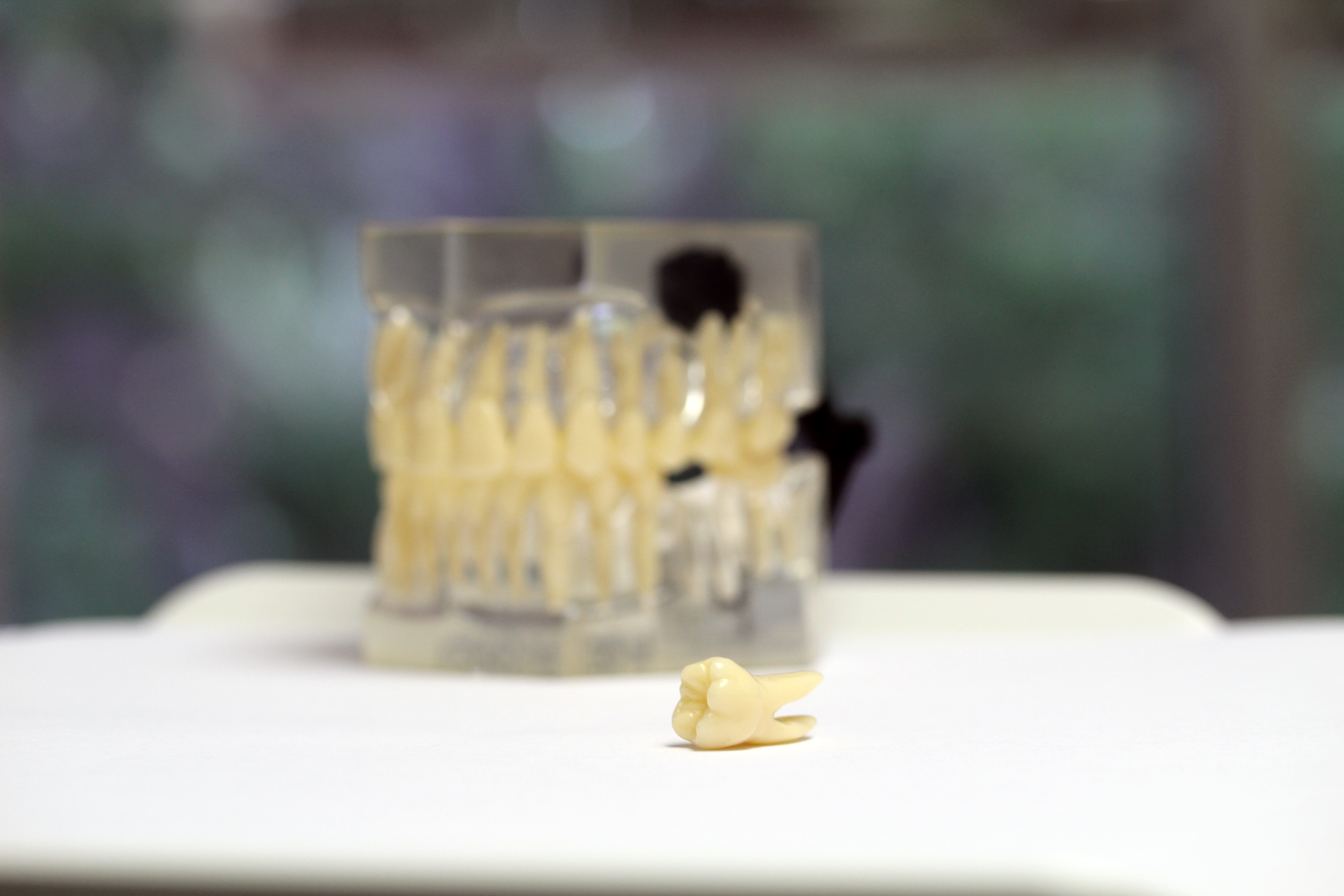Whether to apply for 4 Year or 6 Year OMFS programs is perhaps the biggest question facing would-be oral surgeons. Previously we looked at the major differences between the two types of programs. Often times, applicants automatically place the dual-degree residency above the shorter residency without thinking through the real economic costs. From a financial perspective, 4 Year and 6 Year OMFS residencies could not be more different.
Below is a general breakdown of your years spent in OMFS residency for comparison.
4 Year OMFS (non-MD):
PGY1 – Intern: Paid
PGY2 – General Surgery/Anesthesia: Paid
PGY3 – OMFS Junior Resident: Paid
PGY4 – OMFS Chief Resident: Paid
6 Year OMFS (MD-required):
PGY1 – Intern: Paid
PGY2 – Medical School/Clerkships: You Pay
PGY3 – Medical School/Clerkships: You Pay
PGY4 – General Surgery/Anesthesia: Paid
PGY5- OMFS Junior Resident: Paid
PGY6 – OMFS Chief Resident: Paid
Finances: the million dollar question
From a financial perspective, some people refer to the 4 Year vs 6 Year debate as the million dollar question. This comes from the hypothetical scenario that as a 4 Year graduate, it is possible for you to make $1,000,000 more than a 6 Year graduate. Let’s walk through this game step-by-step.
First, let’s assume that a 4 Year OS graduates 2 years earlier than and 6 Year OS. Second, let’s assume that they both retire at the exactly same age. Third, let’s assume that the average net income of an oral surgeon is right around $400K (which of course varies on a great deal of factors, but this number is taken from the ADA).
We also have to take into account the tuition that a 6 Year resident must pay for their two years of medical school. Going with a private school tuition, let’s say that the annual cost for medical school is approximately $60K for tuition and fees (Columbia is a bit higher at $63K for tuition and fees, Penn is a bit lower at $58K for tuition and fees). Finally, let’s assume that whatever portion of your salary you invest gives you a conservative return of 6% annually, and that you reinvest dividends.
Plug and chug
The math is relatively straightforward for this opportunity cost calculation. Is the MD really worth it? Taking into account the two years of average lifetime pay as an oral surgeon (attending/private practice income), the two years of medical school tuition, and the stable return gained from investing a portion of your salary during those two years, the difference is stark. The numbers indeed crunch out to approximately one million dollars.
Once again, numbers don’t lie. If you only want the MD for prestige, I would strongly recommend you rethink your decision. If you love education, are thinking about pursuing academia and/or fellowship, and truly don’t mind the didactic, then the 6 Year program may be your best bet.
Thoughts about the financial aspect of the 4 Year vs. 6 Year OMFS decision? Reconsidering your residency plans? Comment below!
This is Part II of a two-part series. Click here for Part I.

No responses yet